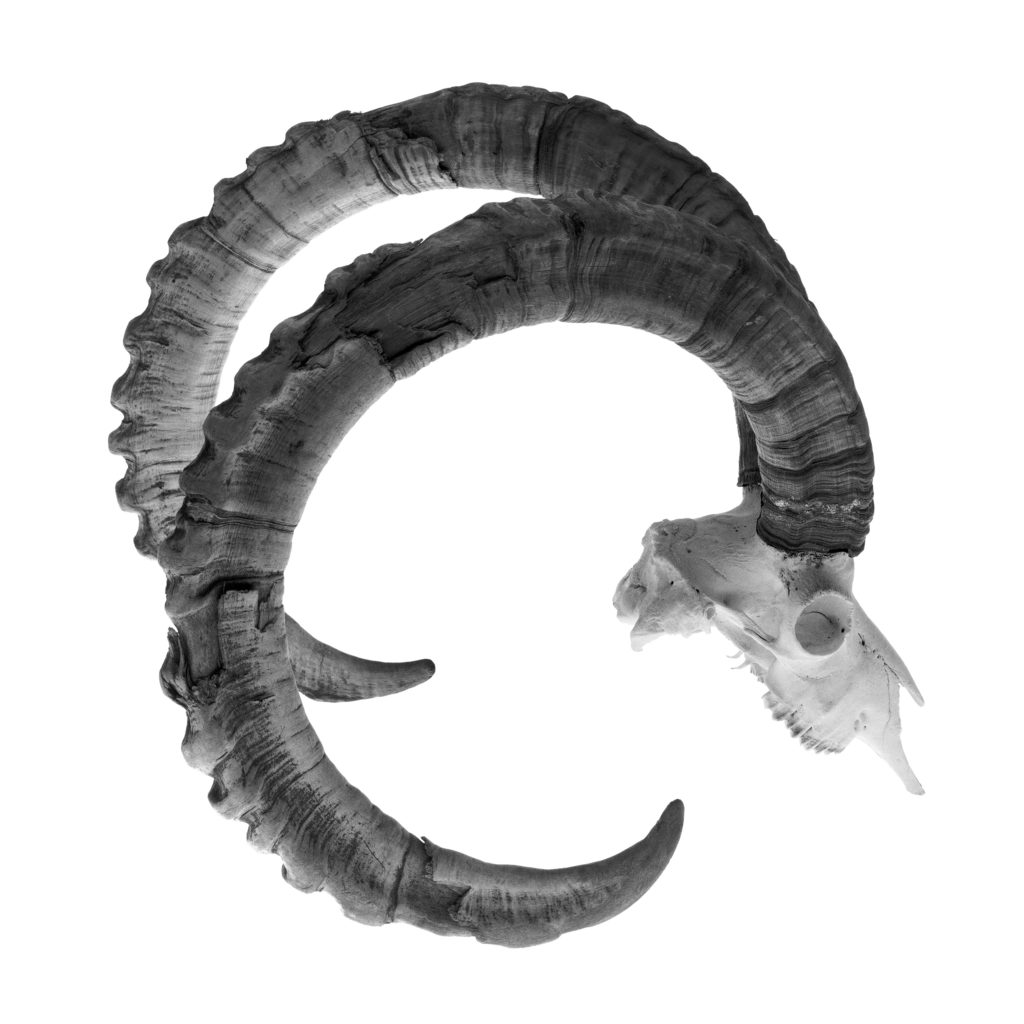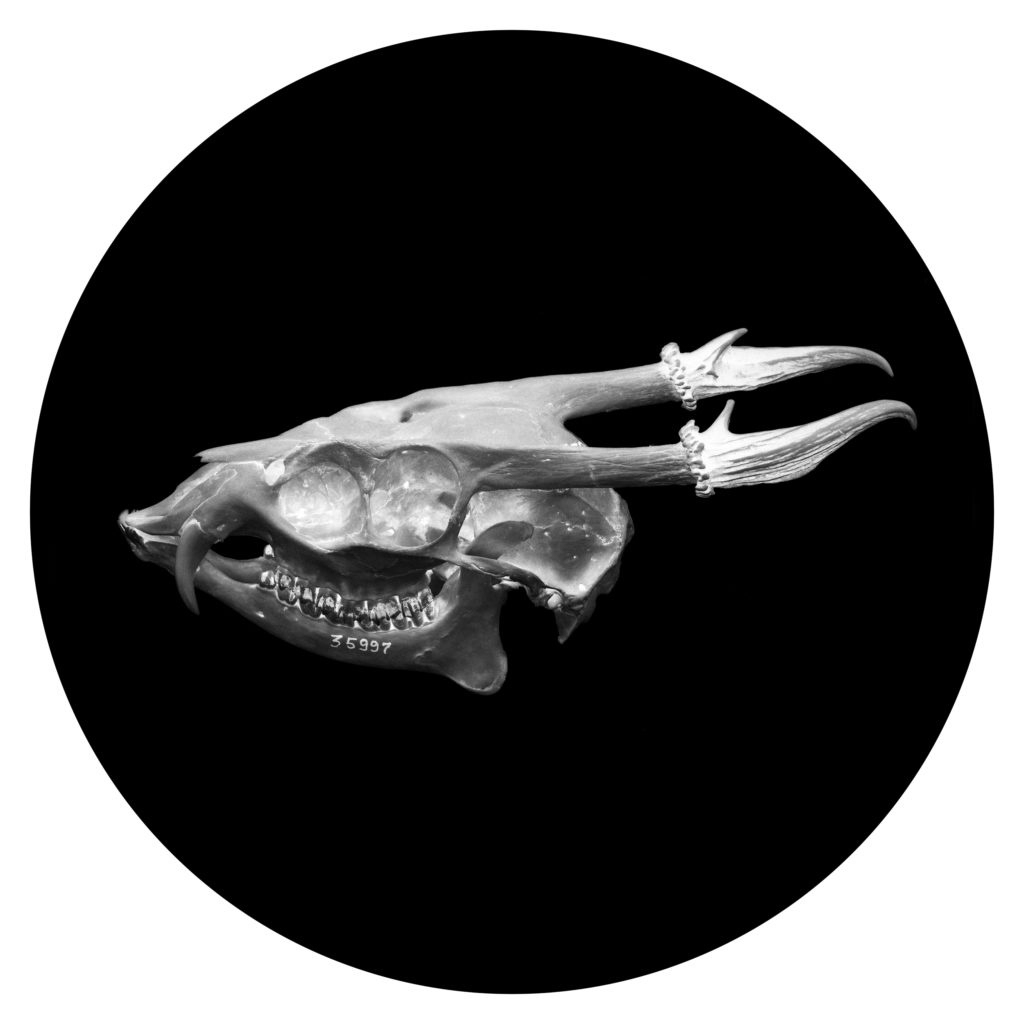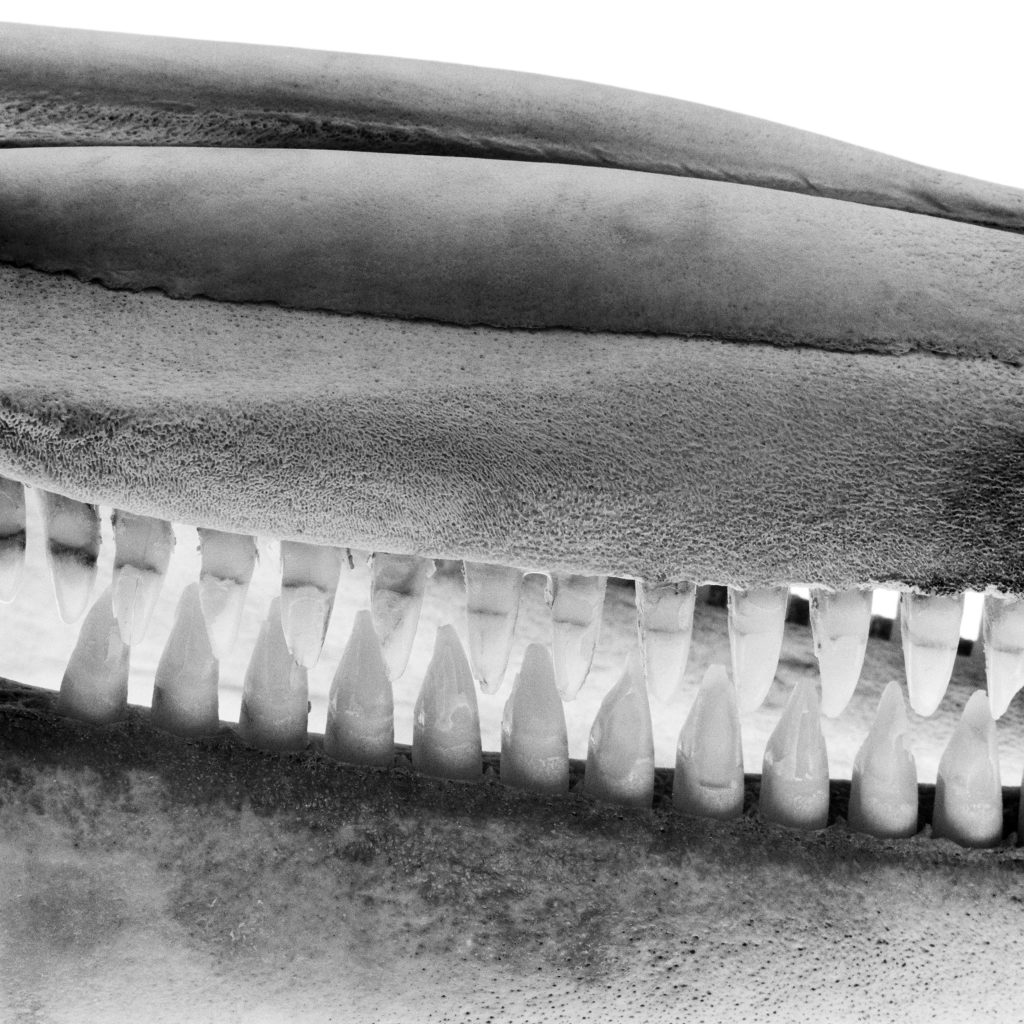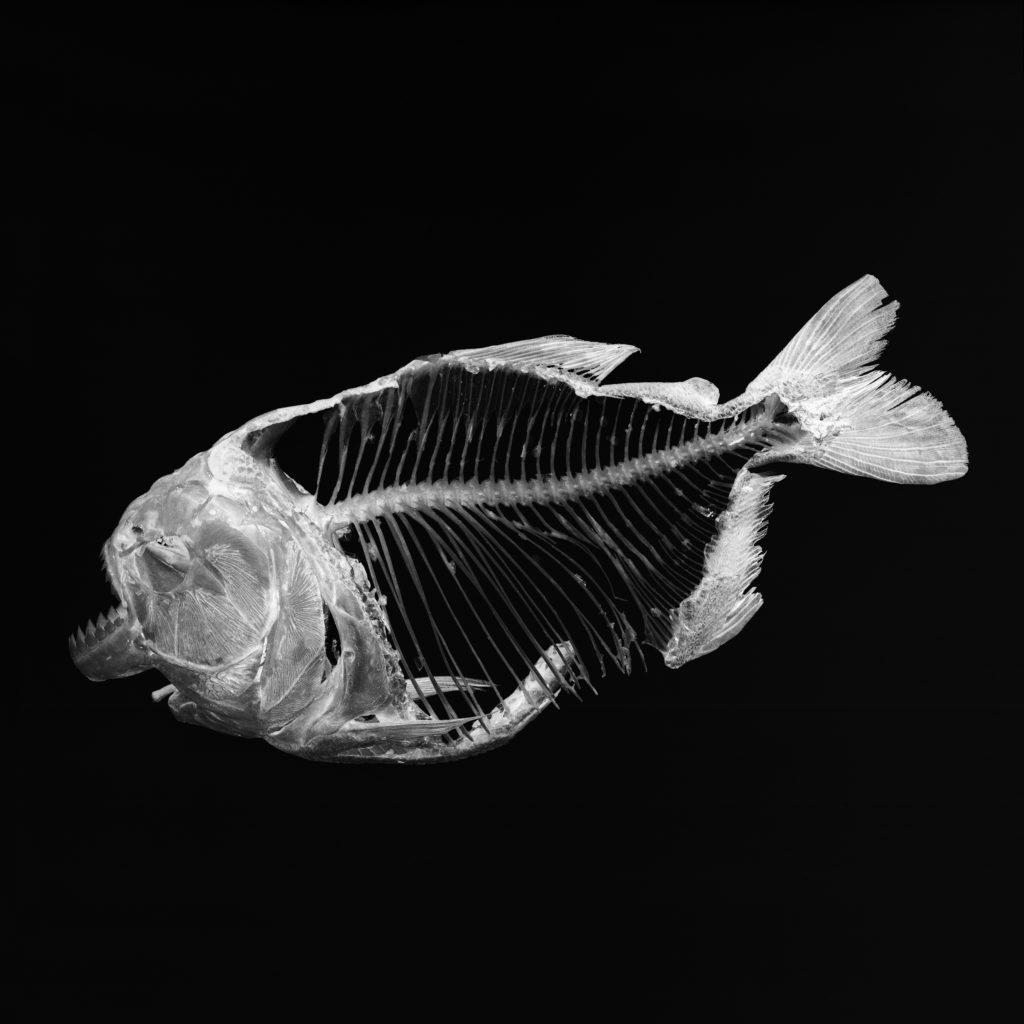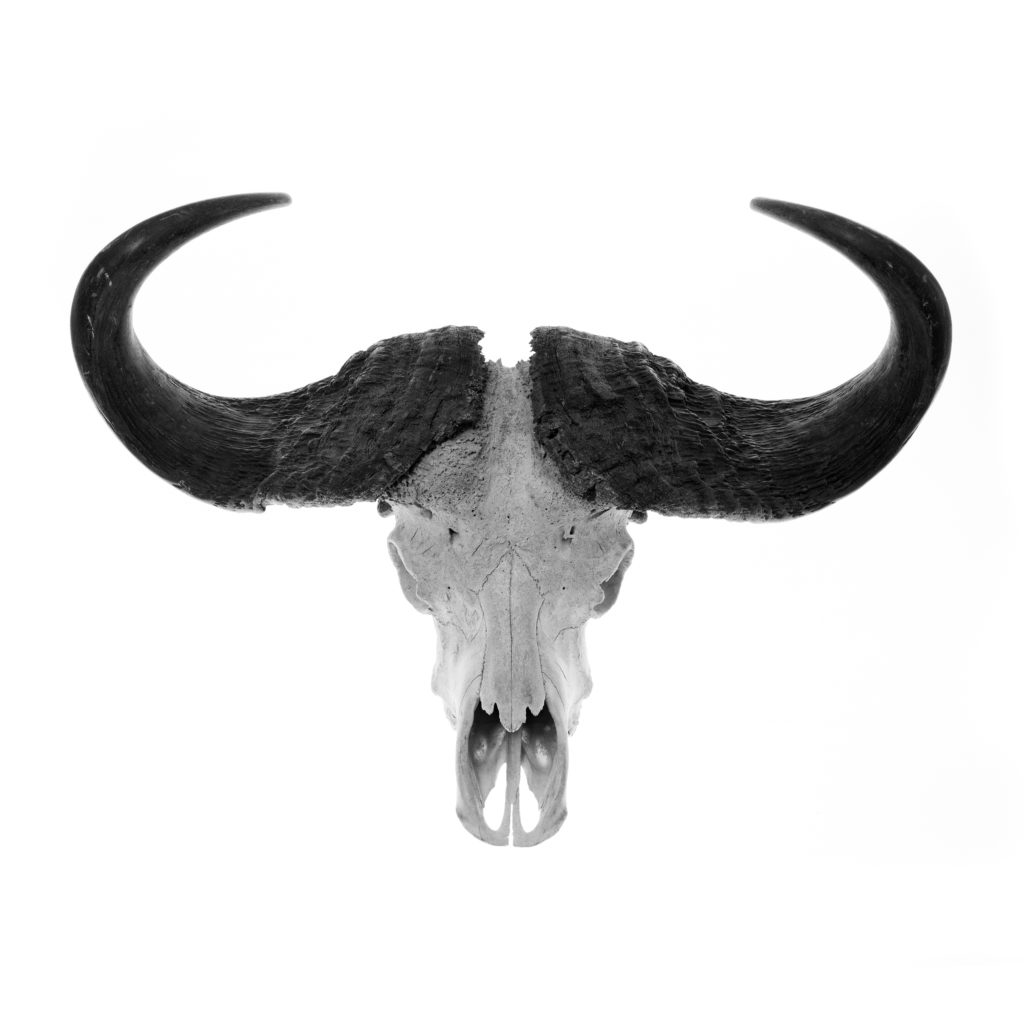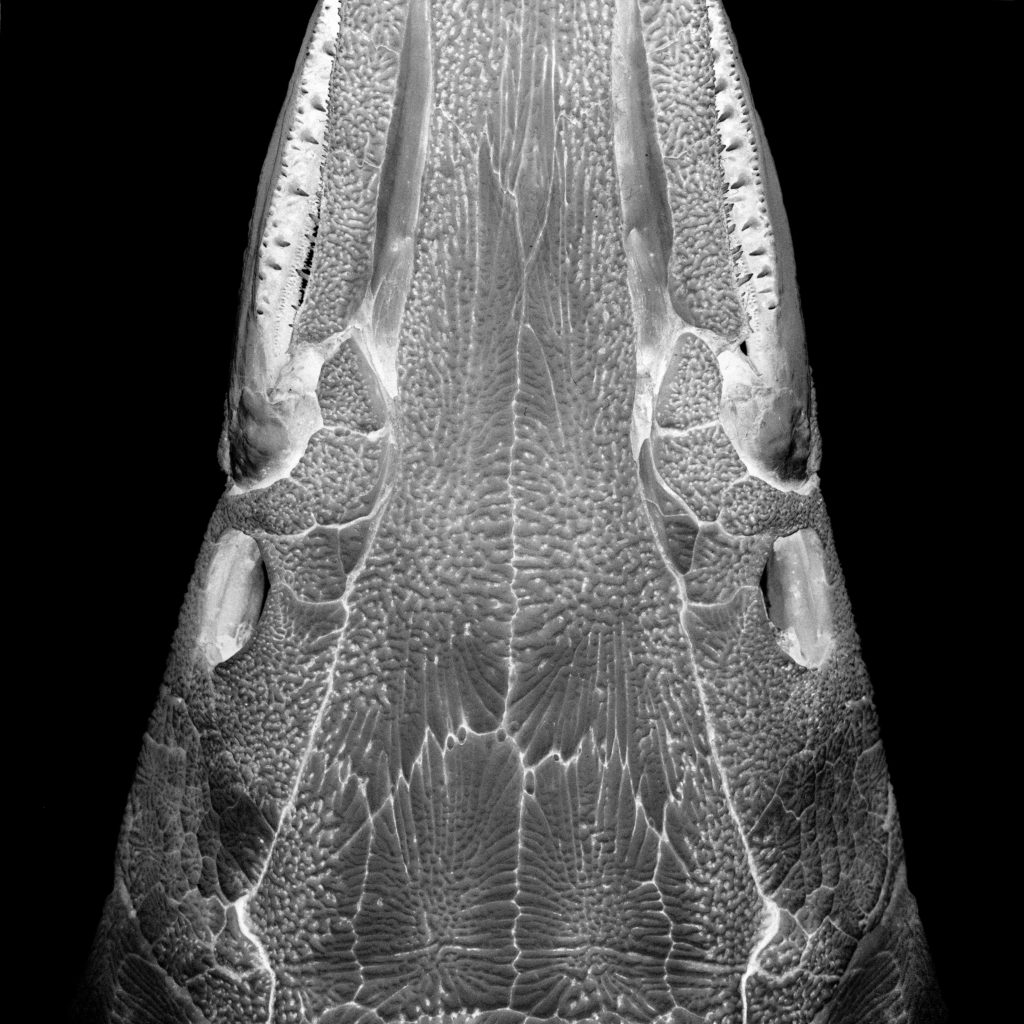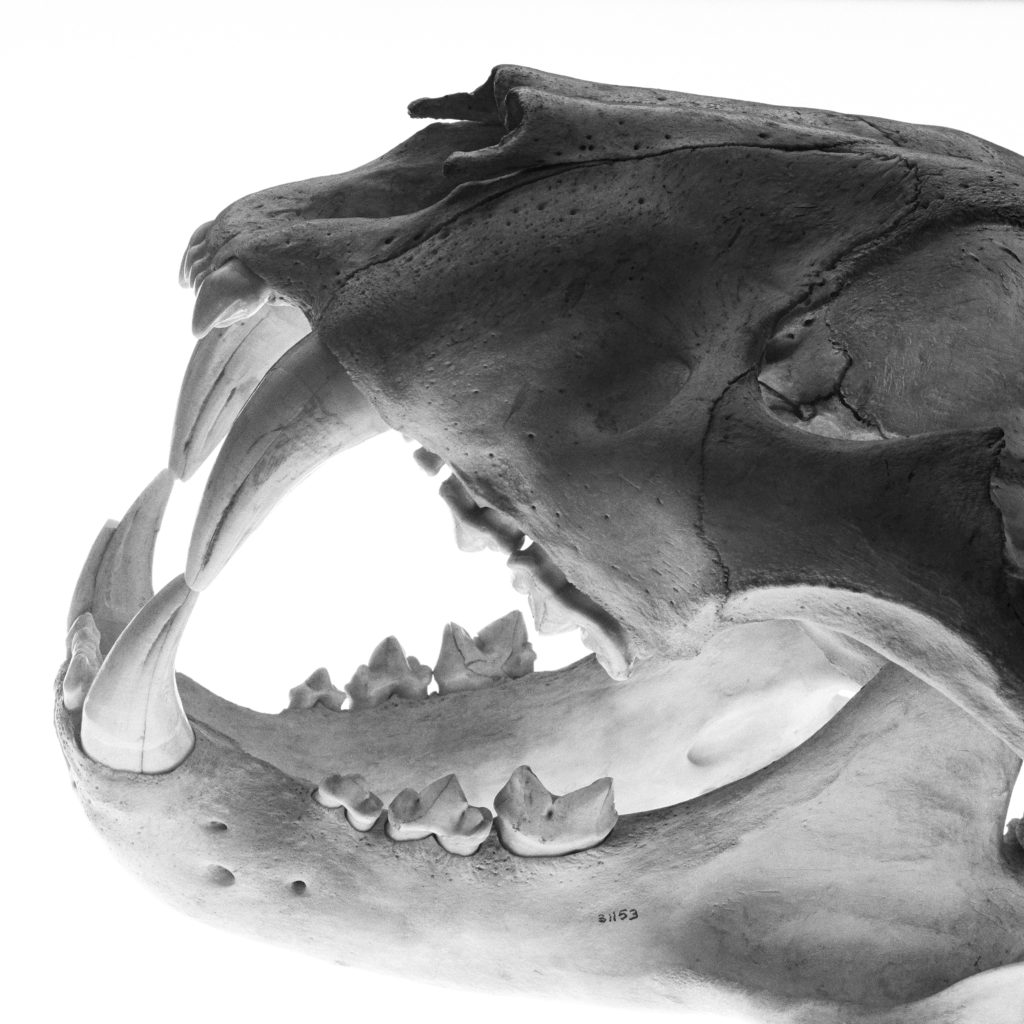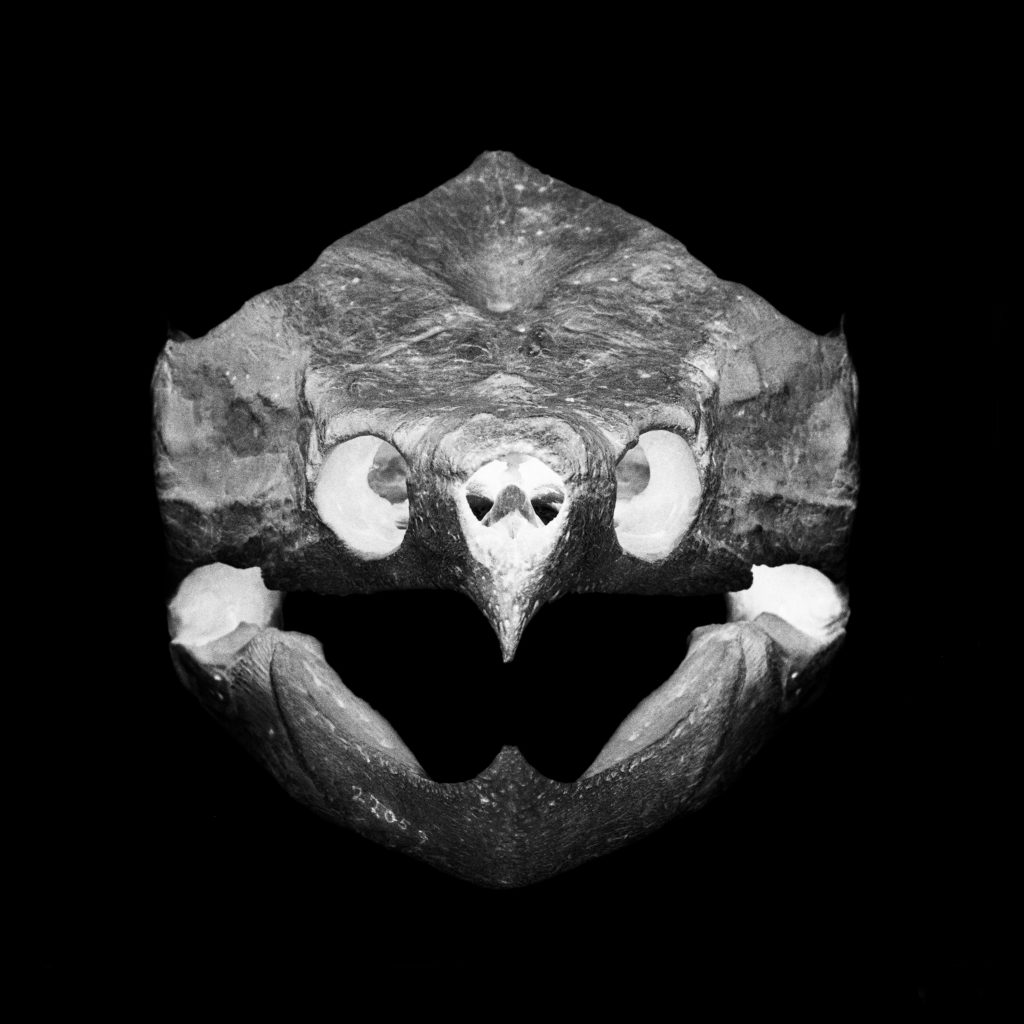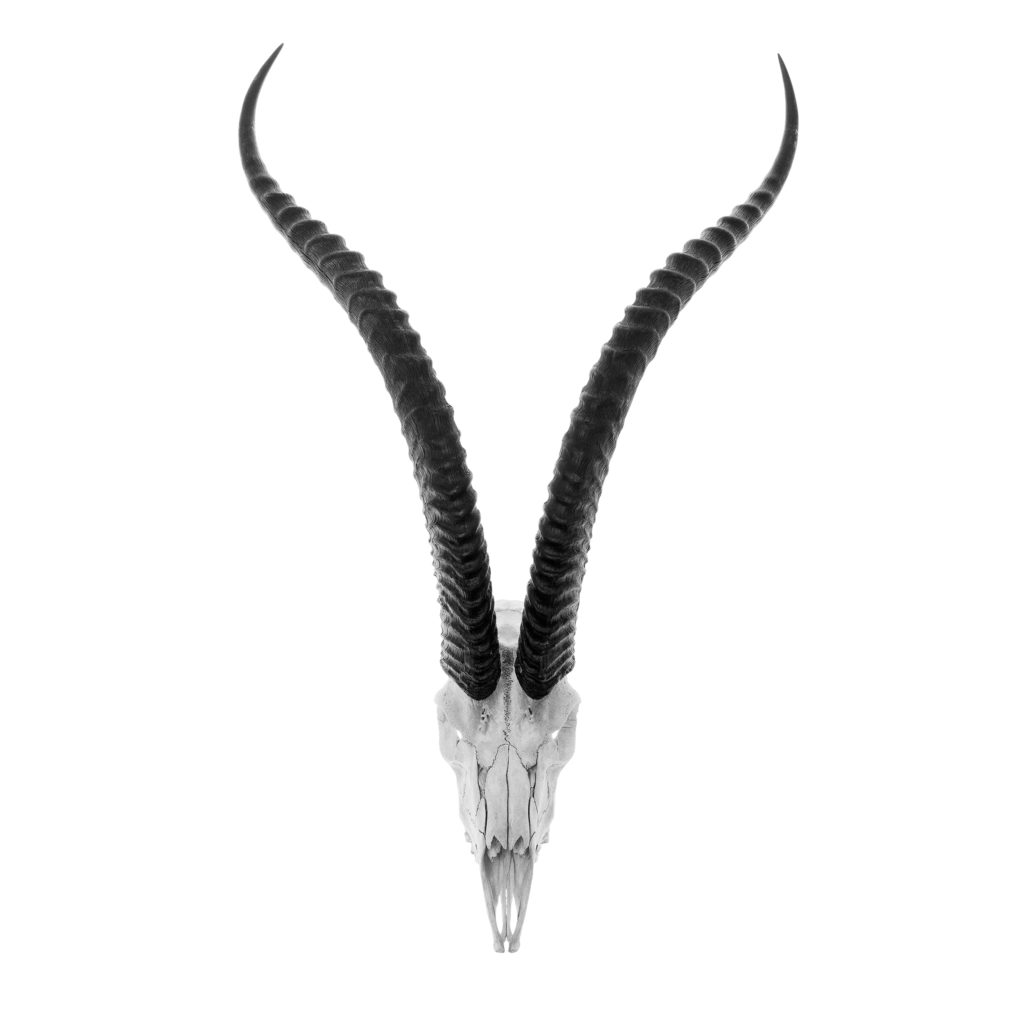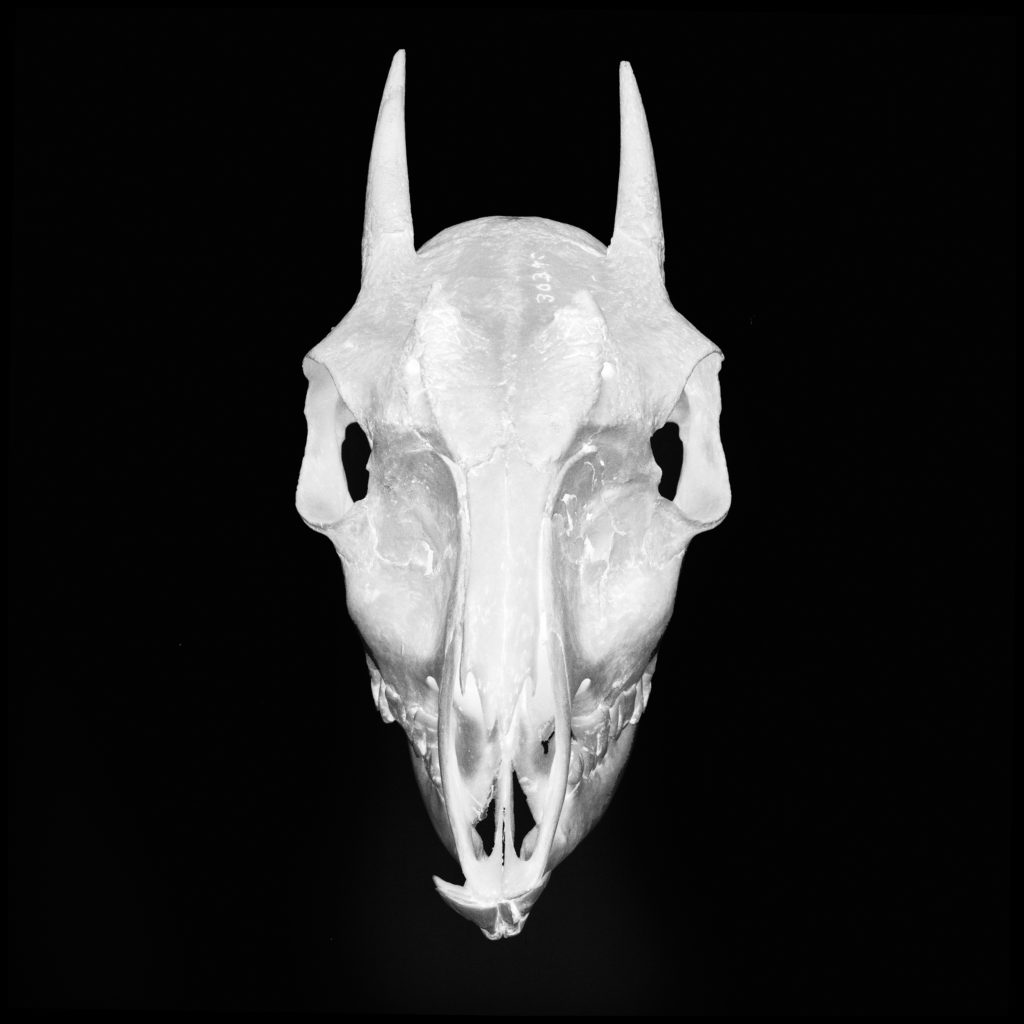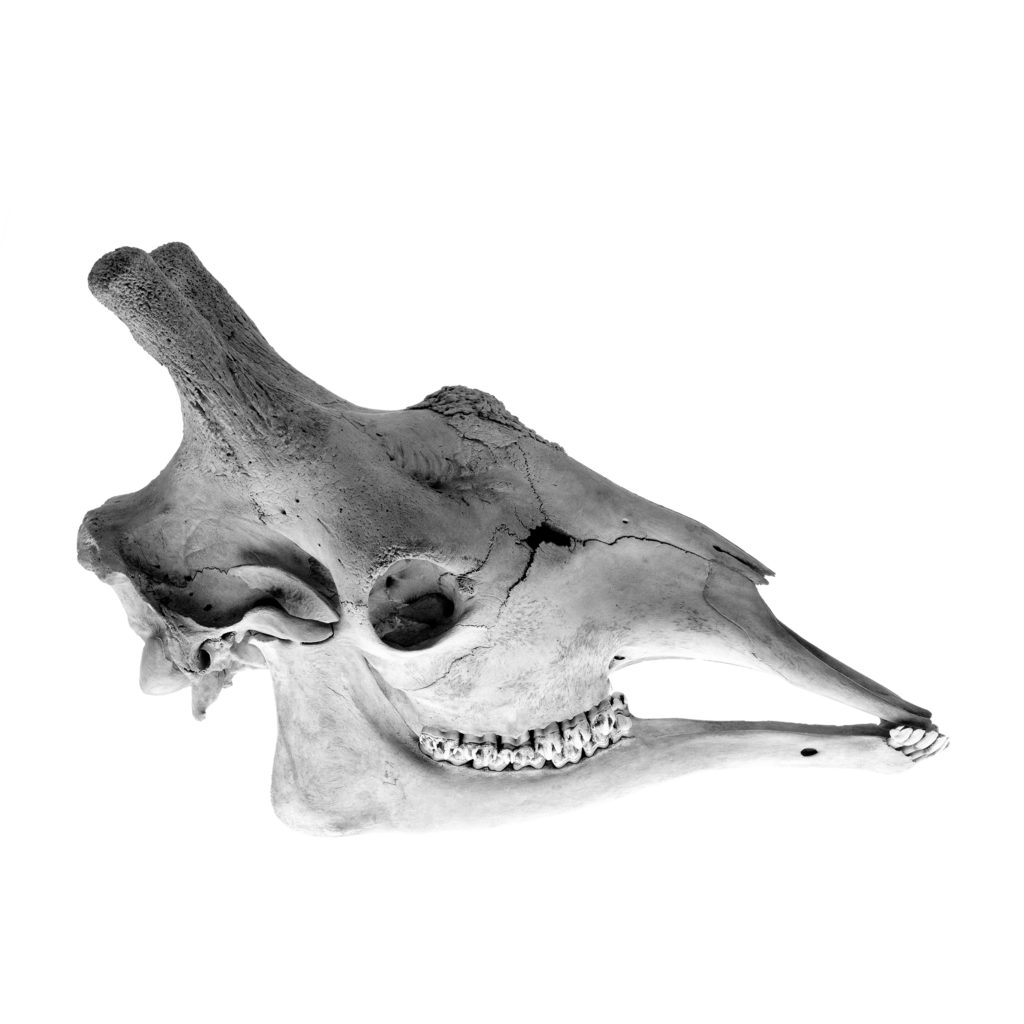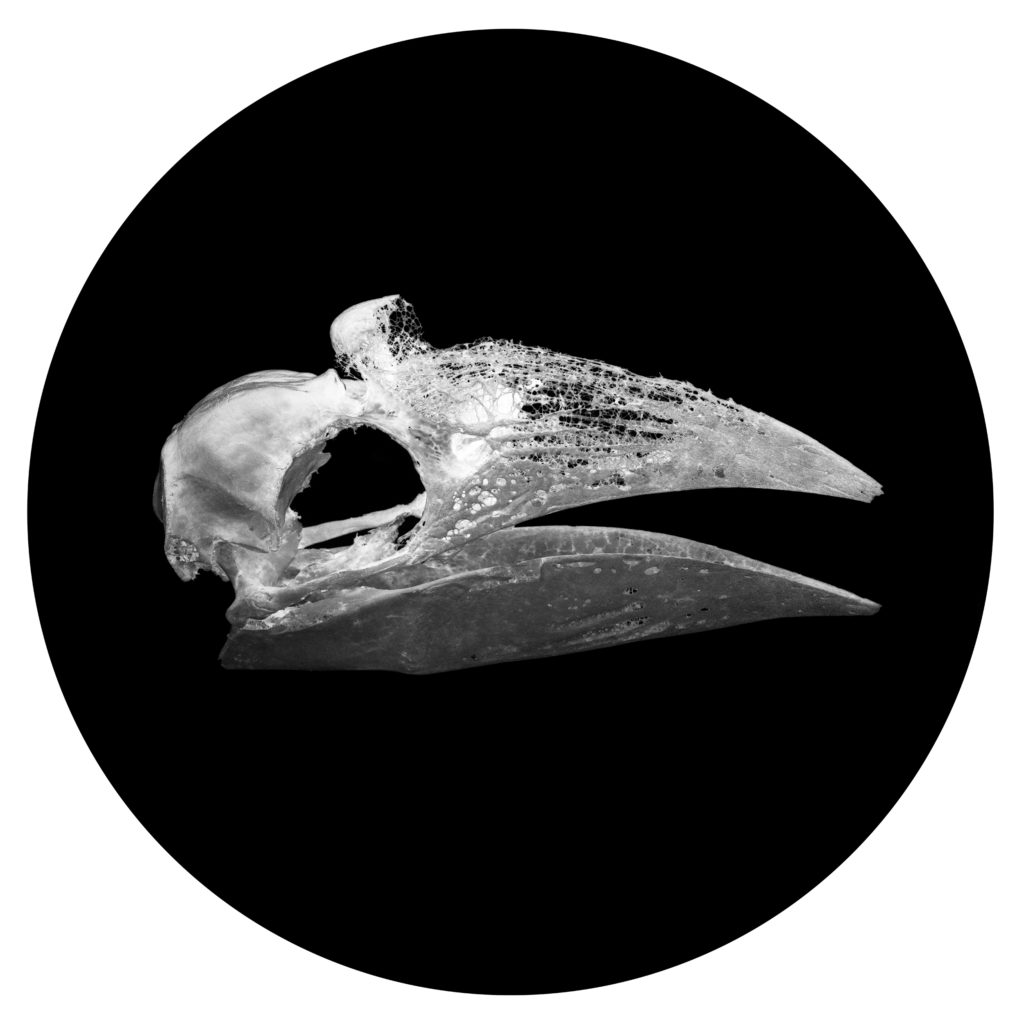It is a typical misconception that art and science have nothing in common; that each subject lives its own ivory tower, independently existing as drastically opposite disciplines. But creativity is as critical to an artist’s practice as it is to the scientific process. Scientists and artists share a curiosity for the unknown, an interest in contributing to the flow of life, and a passion for producing something uniquely novel.
For Francois Robert, the Field Museum of Natural History in Chicago holds such inspiration. Budding naturalists and artists come here to seek treasures that pay homage to both aesthetics and analytics. Behind the walls and exhibits of the institution, a vast collection of relics lay in wait. These collections hold a magnificent biological library and provide a timeline of change and evolution. Francois takes us into the dusty vaults of the museum and brings to light some of the gems hiding therein.
In his newest book Skulls, Robert brings science and art together in a stunning collection of portraits. The photographs in the following pages depict some of the museum’s finest zoological specimens. By limiting his subjects to a black and white palette, Robert turns charming biological portraiture into an investigation of landscape. These once lifeless artifacts become animated sculptures as every crevice and bulge become illuminated in a landscape of bone. Robert’s photography breathes new life into objects long dead and through light and composition Skulls illustrates the intricacies of once living forms.
Lauren Smith
